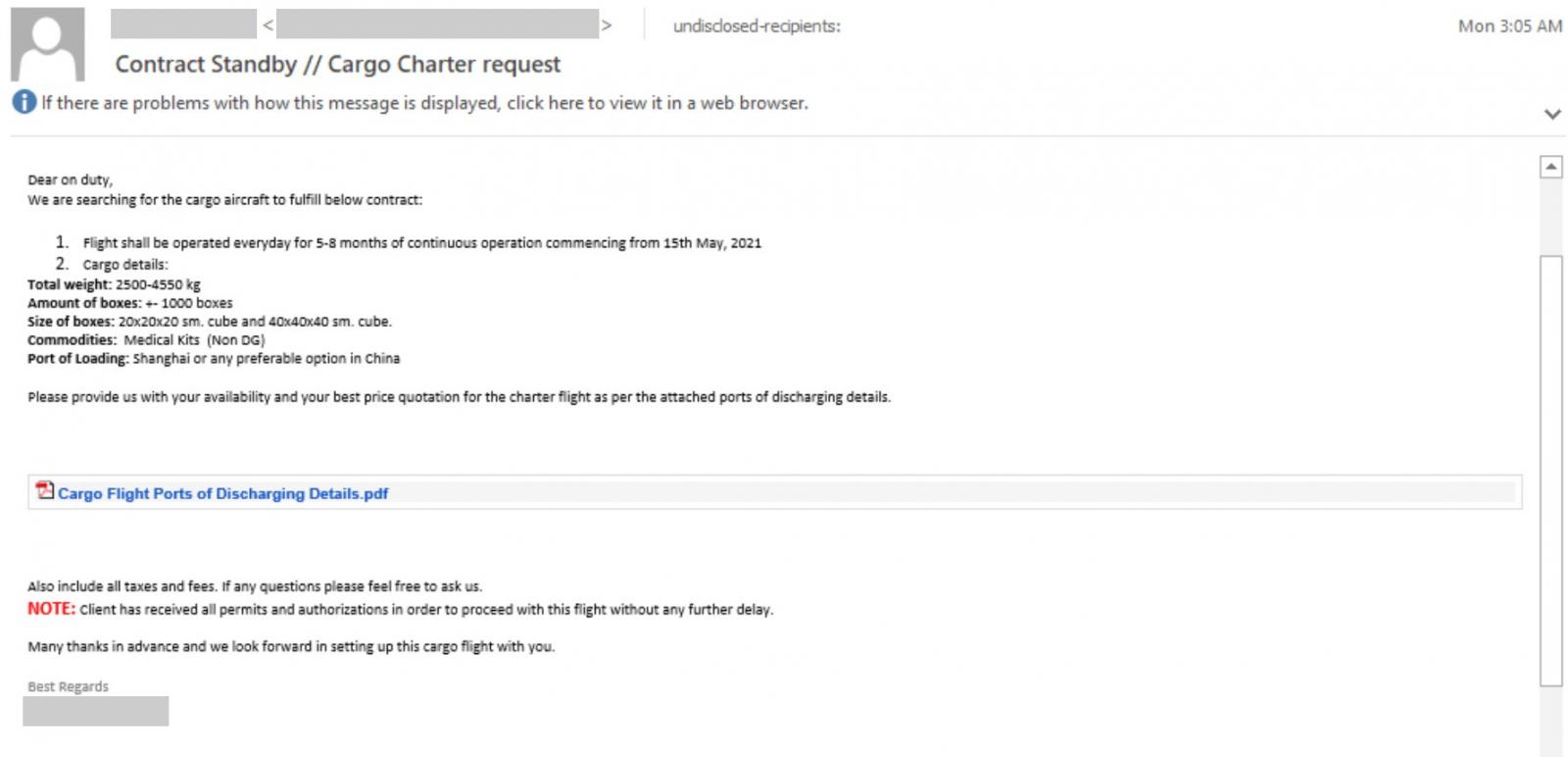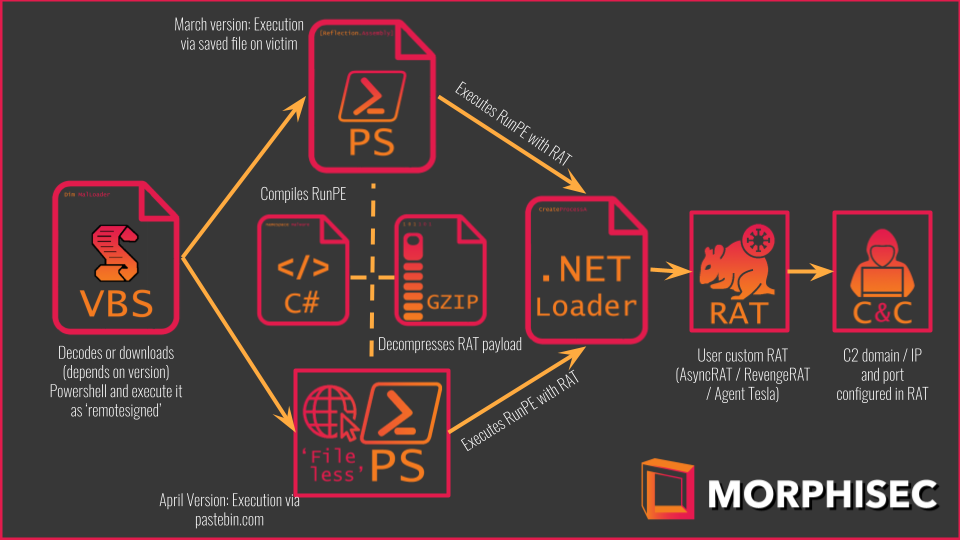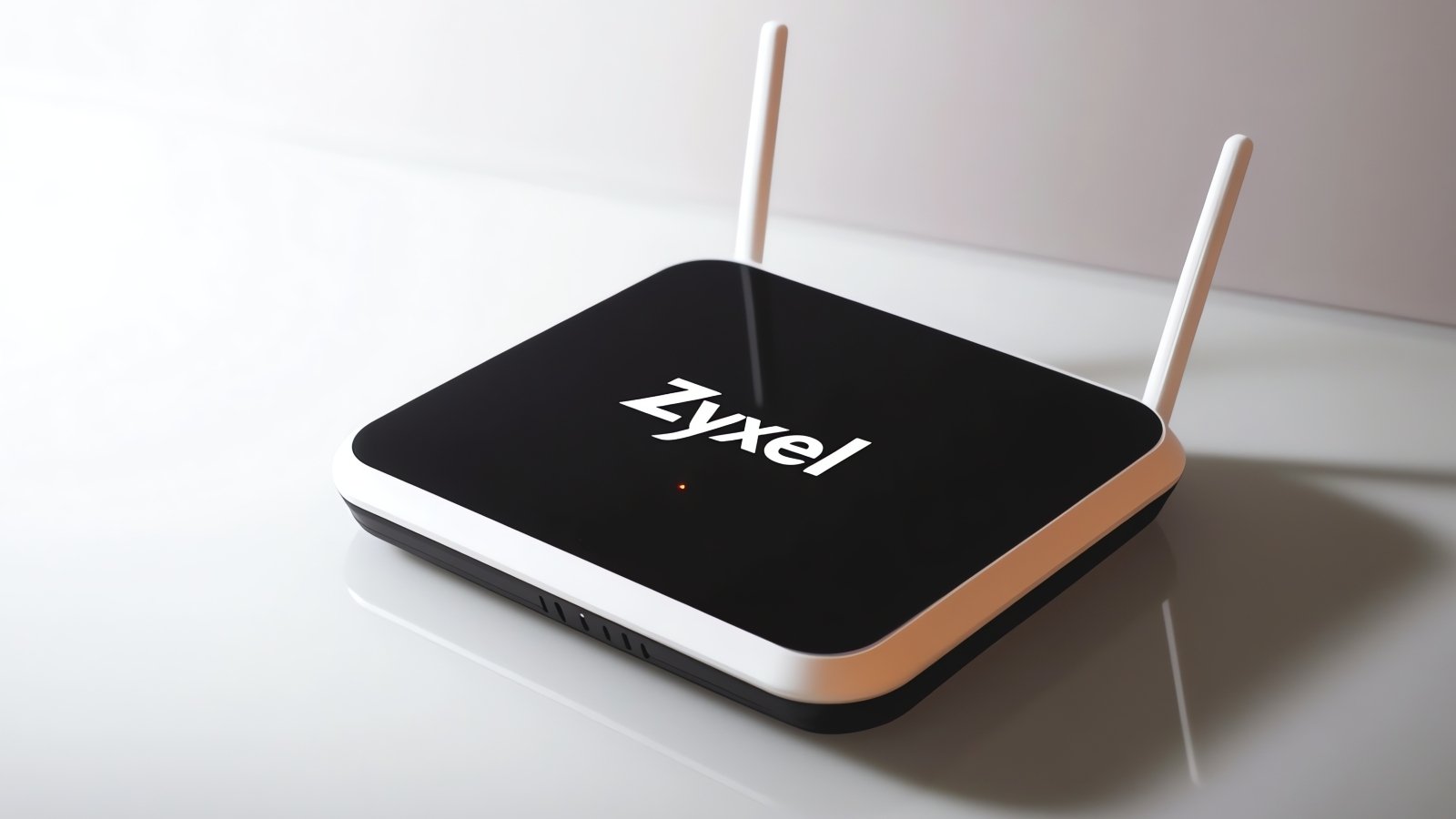BOOK THIS SPACE FOR AD
ARTICLE AD
Microsoft warns of an ongoing spear-phishing campaign targeting aerospace and travel organizations with multiple remote access trojans (RATs) deployed using a new and stealthy malware loader.
"In the past few months, Microsoft has been tracking a dynamic campaign targeting the aerospace and travel sectors with spear-phishing emails that distribute an actively developed loader, which then delivers RevengeRAT or AsyncRAT," Microsoft said.
Attackers' phishing emails spoof legitimate organizations and use image lures posing as PDF documents containing info relevant to several industry sectors, including aviation, travel, and cargo.
As Microsoft observed while tracking this campaign, the threat actors' end goal is to harvest and exfiltrate data from infected devices using the RATs' remote control, keylogging, and password-stealing capabilities.
Once deployed, the malware allows them to "steal credentials, screenshots and webcam data, browser and clipboard data, system and network into, and exfiltrates data often via SMTP Port 587."
 Aviation-themed spear-phishing email (Microsoft)
Aviation-themed spear-phishing email (Microsoft)RAT loader designed to bypass detection
The newly discovered loader monetized under a Crypter-as-a-Service model, named Snip3 by Morphisec malware analysts, is used to drop Revenge RAT, AsyncRAT, Agent Tesla, and NetWire RAT payloads on compromised systems.
Links abusing legitimate web services and embedded within the phishing messages download the first-stage VBScript VBS files that execute a second-stage PowerShell script which in turn executes the final RAT payload using Process Hollowing.
Snip3 also comes with the ability to identify sandboxing and virtual environments according to Morphisec, which makes it particularly capable of circumventing detection-centric anti-malware solutions.
To evade detection, the malware loader uses additional techniques including the
execution of PowerShell code with the 'remotesigned' parameter use of Pastebin and top4top for staging compilation of RunPE loaders on the endpoint in runtime Snip3 attack flow
Snip3 attack flowOrganizations can use sample queries shared by Microsoft for advanced hunting using Microsoft 365 Defender to help them locate and investigate similar suspicious behavior related to this ongoing phishing campaign.
Among the potentially malicious activity advanced hunting queries can unearth, they can help detect:
Snip3 communication protocols (with recent campaigns targeting the aviation industry) malicious use of RegAsm, RegSvcs, and InstallUtil by Snip3 (potentially hollowed processes used to for command-and-control or exfiltration) Snip3 loader-encoded PowerShell command (obfuscated using UTF8 encoding) Snip3 loader call to DetectSandboxie function (used in RevengeRAT and AsyncRAT instance) keywords associated with Snip3 campaign emails from April and May 2021Indicators of compromise associated with this spear-phishing campaign including malware sample hashes and RAT command and control domains can be found at the end of Morphisec's Snip3 report.
.png)















 Bengali (Bangladesh) ·
Bengali (Bangladesh) ·  English (United States) ·
English (United States) ·